Fresh Radioactive Runoff At Japan Tsunami Stricken Plant
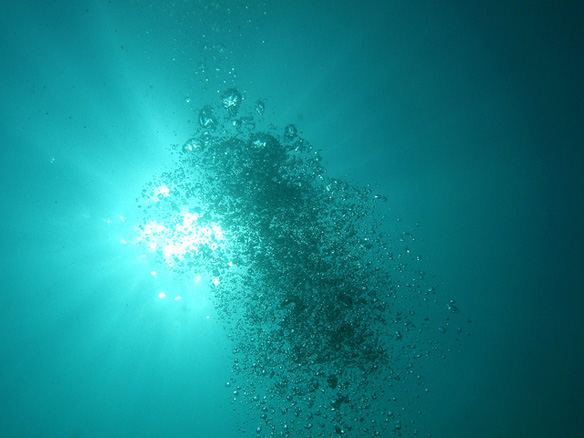
A fresh leak of radioactive water into the open ocean has been discovered at Japan’s crippled Fukushima nuclear complex, its operator said Monday as cleanup efforts continued.
Fukushima Earthquake Moved Seafloor Half a Football Field

New analysis released in the Dec. 2 issue of the journal Science indicates that the March 2011 Tohoku-Oki earthquake that decimated Japan with a monster tsunami, altered the seafloor off the country’s eastern coast much more than scientists had thought.
Mangrove: The Root Of The Matter

In the aftermath of the 2004 tsunami disaster that struck Indonesia, India, Thailand and Sri Lanka, scientists from the U.S. Geological Survey explored how these unique trees hemming the shorelines, which make up valuable forest ecosystems called mangroves, help safeguard lives, property and beaches during hurricanes, tsunamis and floods.
Tsunami Survivors: We Didn’t Understand the Threat
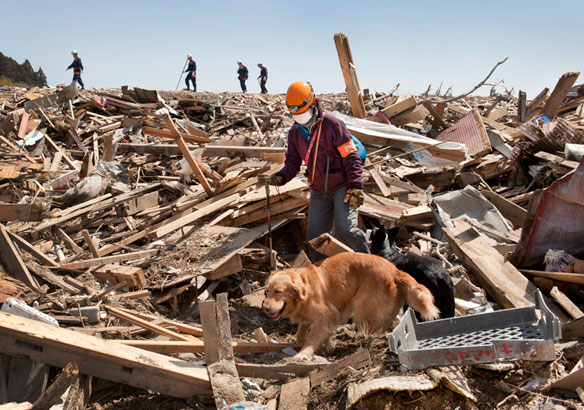
By talking with survivors of the devastating tsunami that hit Japan earlier this year, scientists may now have a better idea as to how to help prevent fatalities from such events in the future.
East Coast And Tsunami Risks
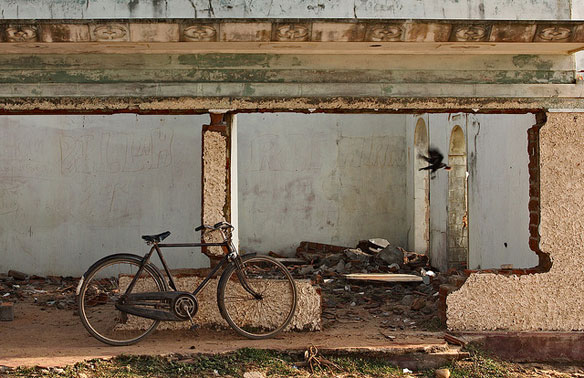
For about the past five years, researchers at the U.S. Geological Survey, have been gauging the potential for tsunamis generated by landslides in submarine canyons in the mid-Atlantic to strike the U.S. Atlantic and Gulf of Mexico coasts.
Fukushima Radiation Mostly Fell Into The Sea: Study
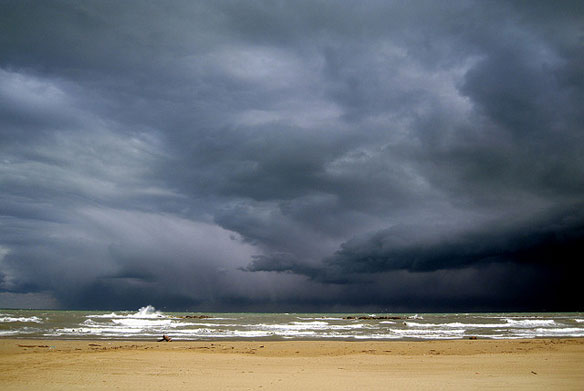
Most of the radioactive fallout from the disaster at the Fukushima nuclear plant dropped into the ocean and began circling the planet, Japanese researchers said Thursday.
Taiwan Deploys Undersea Quake And Tsunami Warning System

Taiwan just announced it had put into service its first undersea seismic observation system, giving the island life-saving extra seconds or even minutes to brace for earthquakes and tsunamis.
Marine Debris Generated from the 2011 Japan Tsunami
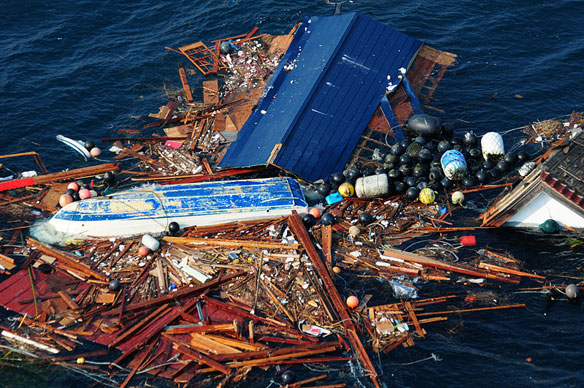
Of all Earth’s natural hazards, tsunamis may be among the most infrequent, but they pose a major threat to coastal populations, particularly in the seismically active Pacific Ocean. Ever since the great Japan tsunami on March 11 washed millions of tons of debris into the ocean, scientists at IPRC, University of Hawaii at Manoa, have been trying to track the trajectory of this debris that can threaten small ships and coastlines.
Devastation at Japan Site, Seen Up Close

The most striking feature at Fukushima Daiichi crippled nuclear plant on Saturday, when journalists were allowed into the Fukushima Daiichi nuclear plant site for the first time since disaster struck, was not the blasted-out reactor buildings, or the makeshift tsunami walls, but the chaotic mess…
